Food Grade Gelatin
Food grade gelatin varies from 80 to 280 Bloom. Gelatin is a generally recognized as safe food. Its most desirable properties are its melt-in-the-mouth characteristics and its ability to form thermo reversible gels. Gelatin is a protein made from partial hydrolysis of animal collagen. Food grade gelatin is used as gelling agent in making jelly, marshmallows and gummy candies. Moreover, it is also used as a stabilizing and thickening agent in manufacturing jams, yogurt and ice-cream, etc.
Application
Confectionery
Confections are typically made from a base of sugar, corn syrup and water. To this base they are added with flavor, color and texture modifiers. Gelatin is widely used in confections because it foams, gels, or solidifies into a piece that dissolves slowly or melts in the mouth.
Confections such as gummy bears contain a relatively high percentage of gelatin. These candies dissolve more slowly thus lengthening the enjoyment of the candy while smoothing the flavor.
Gelatin is used in whipped confections such as marshmallows where it serves to lower the surface tension of the syrup, stabilize the foam through increased viscosity, set the foam via gelatin, and prevent sugar crystallization.
Gelatin is used in foamed confections at a 2-7% dose, depending upon the desired texture. Gummy foams use about 7% of a 200 - 275 Bloom gelatin. Marshmallow producers generally use 2.5% of a 250 Bloom Type A gelatin.
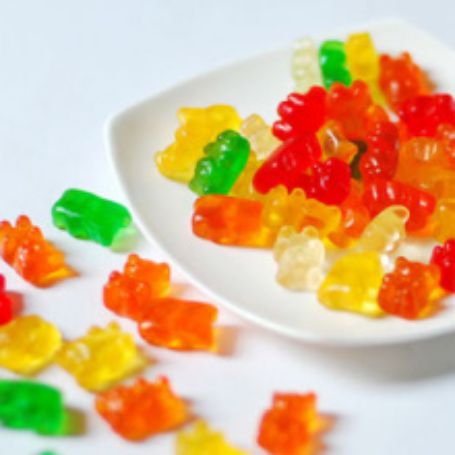
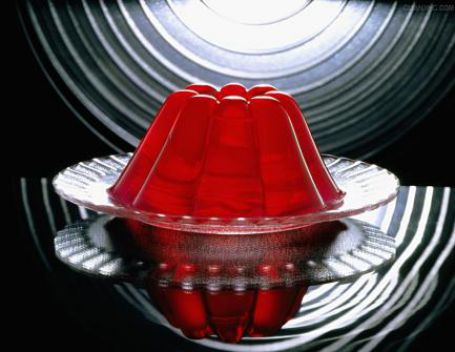
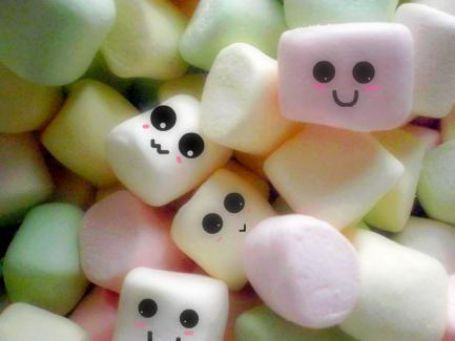
Dairy and Desserts
Gelatin desserts can be traced back to 1845 when a U.S. patent was issued use for "portable gelatin" for use in desserts. Gelatin desserts remain popular: the current U.S. market for gelatin desserts exceeds 100 million pounds annually.
Today's consumers are concerned with caloric intake. Regular gelatin desserts are easy to prepare, pleasant tasting, nutritious, available in a variety of flavors, and contain only 80 calories per half-cup serving. Sugar-free versions are a mere eight calories per serving.
The buffer salts are used to maintain the proper pH for flavor and setting characteristics. Historically, a small amount of salt was added as a flavor enhancer.
Gelatin desserts can be prepared using either Type A or Type B gelatin with Blooms between 175 and 275. The higher the Bloom the fewer gelatin required for a proper set (i.e. 275 Bloom gelatin will require about 1.3% gelatin while a 175 Bloom gelatin will require 2.0% to obtain an equal set). Sweeteners other than sucrose can be used.
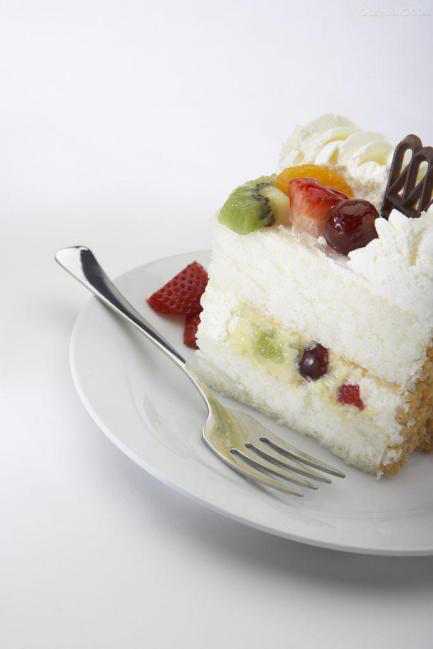
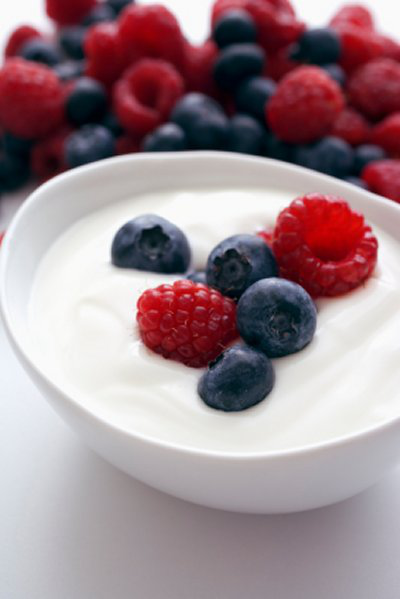
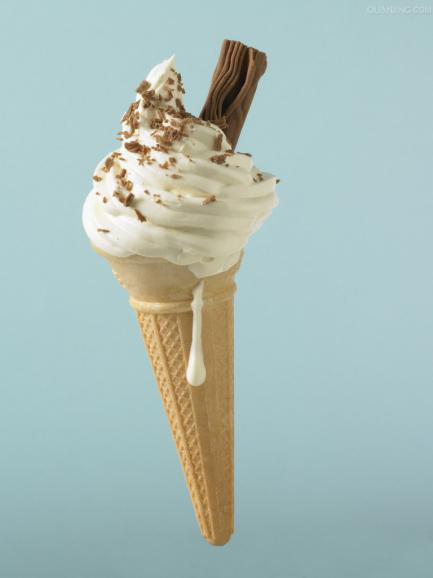
Meat and Fish
Gelatin is used to gel aspics, head cheese, souse, chicken rolls, glazed and canned hams, and jellied meat products of all kinds. The gelatin functions to absorb meat juices and to give form and structure to products that would otherwise fall apart. Normal usage level ranges from 1 to 5% depending upon the type of meat, amount of broth, gelatin Bloom, and texture desired in the final product.
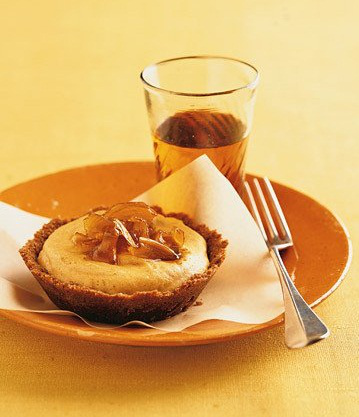
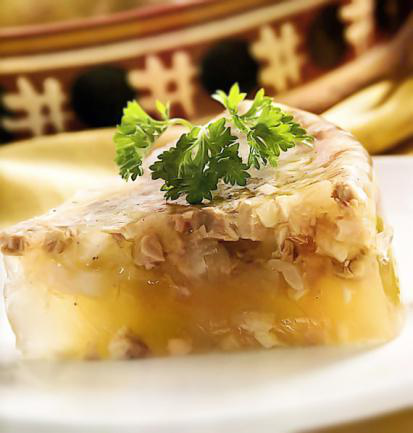
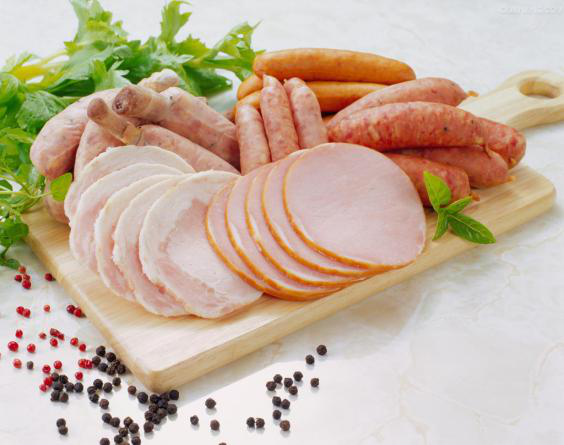
Wine and Juice Fining
By acting as a coagulant, gelatin can be used to precipitate impurities during the manufacture of wine, beer, cider and juices. It has the advantages of unlimited shelf life in its dry form, ease of handling, rapid preparation and brilliant clarification.
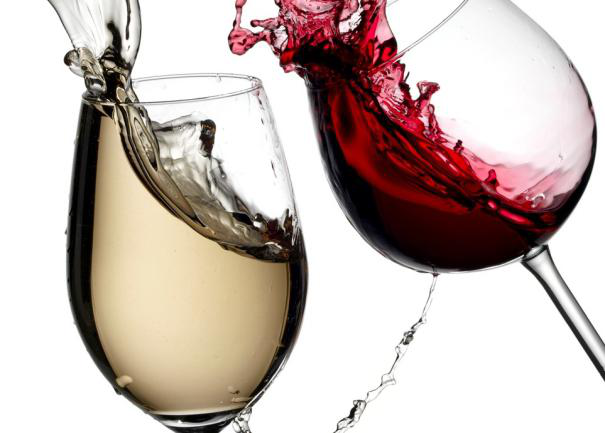
Post time: Mar-08-2021







